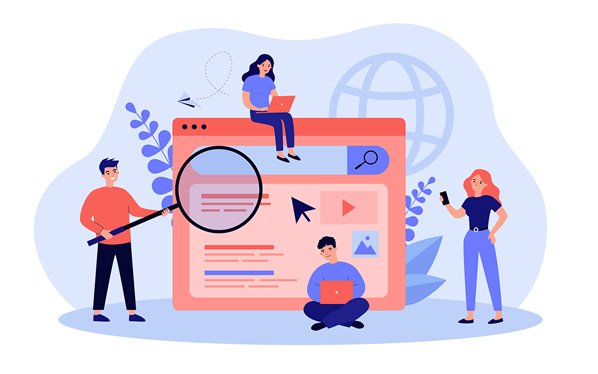
Search engine algorithms have come a long way since the late 90s and early 2000s when they were quite easily manipulated by SEOs. SEOs used tactics such as keyword stuffing and black hat link building to gain rankings for particular keywords with ease. The problem was that using these tactics provided a poor user experience for the end-users.
Companies such as Google were aware of this problem and have spent millions of dollars in improving their search engine algorithms. And now, it is becoming increasingly true that what is good for user experience is also good for SEO.
Therefore, it is a great idea to work with an SEO agency or an in-house team in identifying the key improvement opportunities when it comes to the customer experience on your website. By doing so you will not only improve the customer experience but will also improve your SEO, which increases the chances of bringing more customers into your funnel.
Here are a few ways in which you can help your SEO, your conversion rate optimisation, as well as the UX for potential customers on your website.
Optimise your site speed
Let’s face it: people are busy and people are impatient. Therefore they don’t have all day for your website to load. Studies have shown that 40% of users will abandon a webpage if it takes longer than three seconds to load. Therefore you must do everything you possibly can to optimise your page speed.
The good news is Google provides free tools, such as the Pagespeed Insights tool to help you identify where you might have any issues with your site speed.
Make your website secure
Trust is incredibly important when it comes to a prospective customer deciding to do business with you. One of the first things they see about your website is the address in their browser bar. If they see an HTTPS or an SSL certificate, they’re immediately given the reassurance that this is an encrypted website and therefore a secure connection between their browser and your website.
If you don’t have this, however, the customer may be put off and not feel comfortable in going through with any transaction on your website, because they might be afraid of their details getting stolen by hackers. HTTPS has become a global standard for internet security.
And you must provide this to your prospective customers, both from an SEO perspective as well as to provide a better customer experience.
Utilise your knowledge base and answer FAQs
As you’re conducting keyword research for your SEO and also observing what users are searching for once they have arrived on your website, you will start to develop an FAQ (frequently asked questions) library.
This is a very useful resource because there will be many more customers potentially searching for similar things before they arrive on your website. Therefore, FAQ sections are incredibly powerful ways of driving new visitors into your website.
You can go one step further by adding structured data to your pages. For example, marking up FAQ’s as FAQ’s in Schema to make it very easy for search engines such as Google to recognise when you’re answering useful questions. While not guaranteed, this does increase your ability or chances to have featured snippets in Google’s search engine results.
Provide valuable educational content
Not every potential customer that gets into contact with your website is ready to buy. This is particularly true when it comes to B2B sales cycles, which tend to be much longer than B2C sales cycles on average.
Therefore, there are many steps along the way to conversion. You can help your potential customer along this path by providing them with useful information at every step of the journey.
Examples of this could include having webinars to coach them through particular challenges that they’re having. Or producing white papers to share your insights or unique research on a particular subject that interests them. Or having guides on how to use your product or service. Etc.
The point is that as your customer sees that you are delivering value over and over again, they, of course, derive the benefit of what you’re providing them but at the same time, they begin to trust you as a value provider. And this will hold you in very good stead when it comes to their final decision on where they want to spend their money
The above are just a few ways in which SEO and CX (aka customer experience) go hand in hand. What is good for SEO is good for customer experience, and in the case of positive customer reviews, the reverse is also true.




